Advantages and Applications of FT-IR (Video)
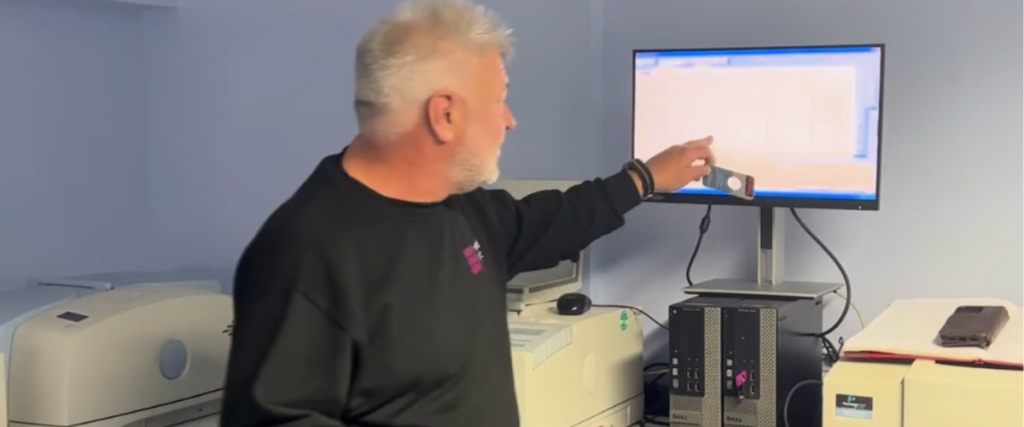
Join Nick as he discusses some of the advantages and applications of FT-IR.
Arctiko TrueDual ULT Freezer Technology: Ensuring Sample Safety

How does Arctiko’s TrueDual technology protect ULT freezer samples in the unlikely event of a freezer failure?
Revolutionise Your Lab with Customisable Multi-Chamber Thermostatic Cabinets
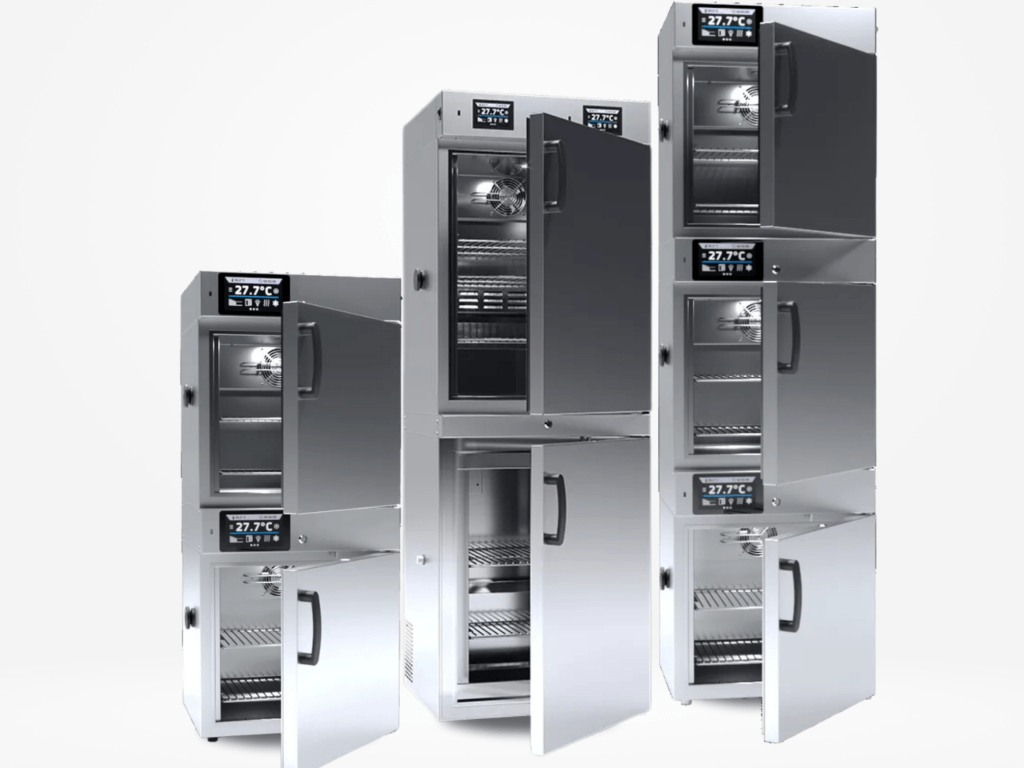
Save space, streamline workflows, and organise multi-project laboratories with modular thermostatic lab equipment from Pol-Eko.
What is the Difference Between Lab Incubators and Lab Ovens?
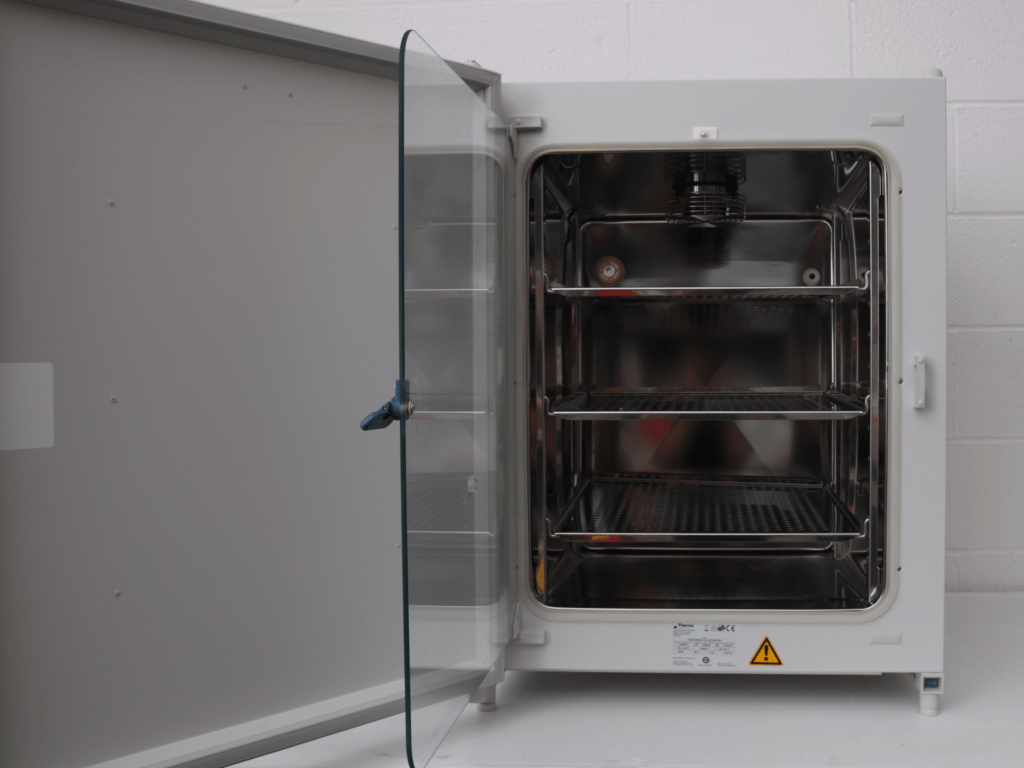
While laboratory incubators and ovens may appear similar at first glance, they serve distinct purposes and offer unique features. Still not sure? Call us on 01257 270433 to discuss the best option for your application.
CO2 Incubators: Benefits and Best Practices

A key factor in successful cell culture experiments is the environment in which cells grow. CO2 incubators have revolutionised cell culture by providing precise control over temperature, humidity, and CO2 levels, creating an ideal and stable growth environment.
How to Choose the Right Laboratory Incubator
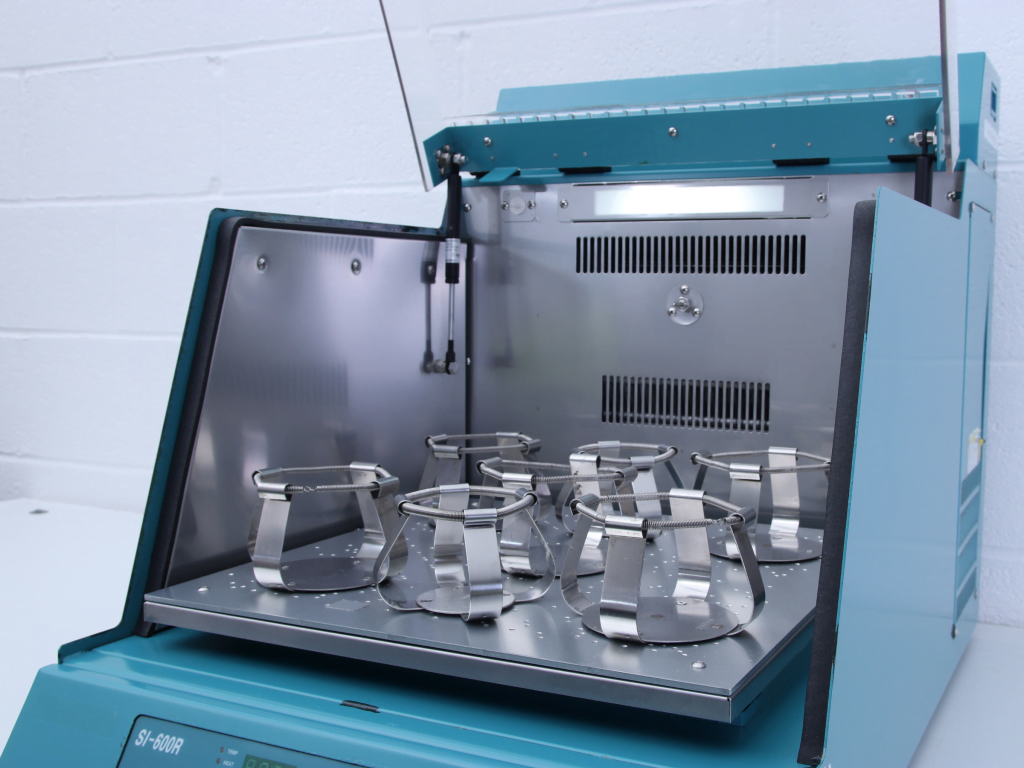
With an extensive range of incubators available on the market, how can you choose the best option for your lab? Use our handy guide, or call us on 01257 270433 for expert advice, or to request a quote.
Vaccine Safety with Arctiko Refrigeration Solutions
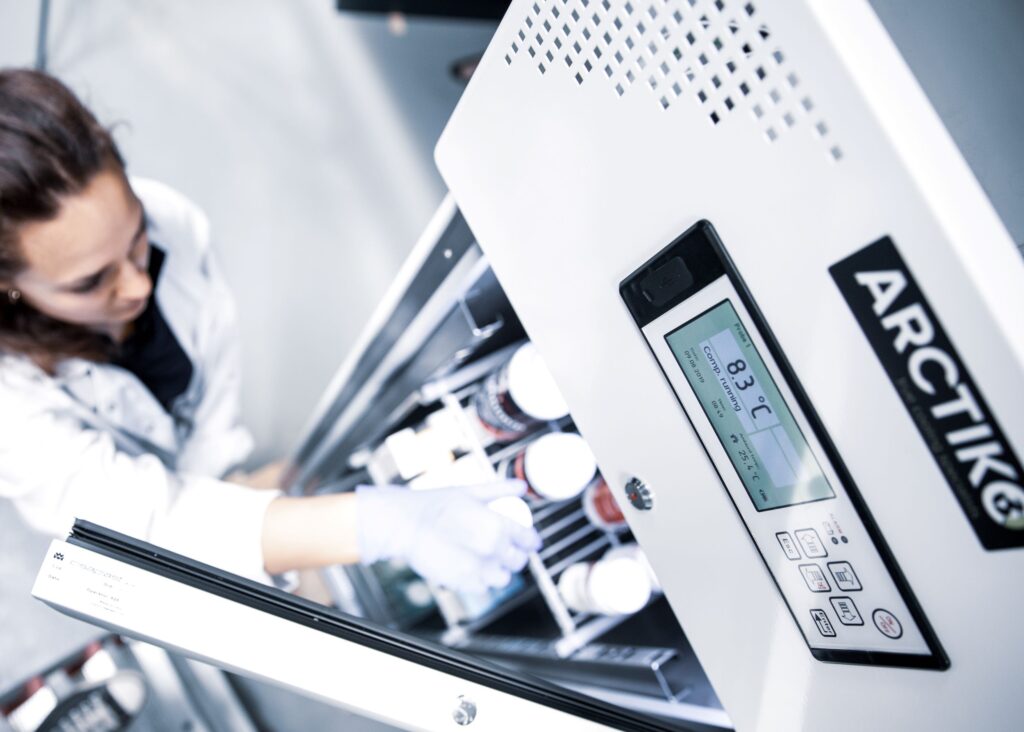
Read about how Arctiko’s range of laboratory and medical refrigerators are expertly designed for accuracy and reliability – Ideal for vaccine storage
10 Energy Saving Tips for Lab Managers

As a lab manager, you play a crucial role in optimising your laboratory’s energy efficiency while maintaining high research standards. By implementing energy-saving strategies, you can reduce operational costs, minimise environmental impact, and contribute to a sustainable future.
Can FT-IR be used for Quantitative Analysis?
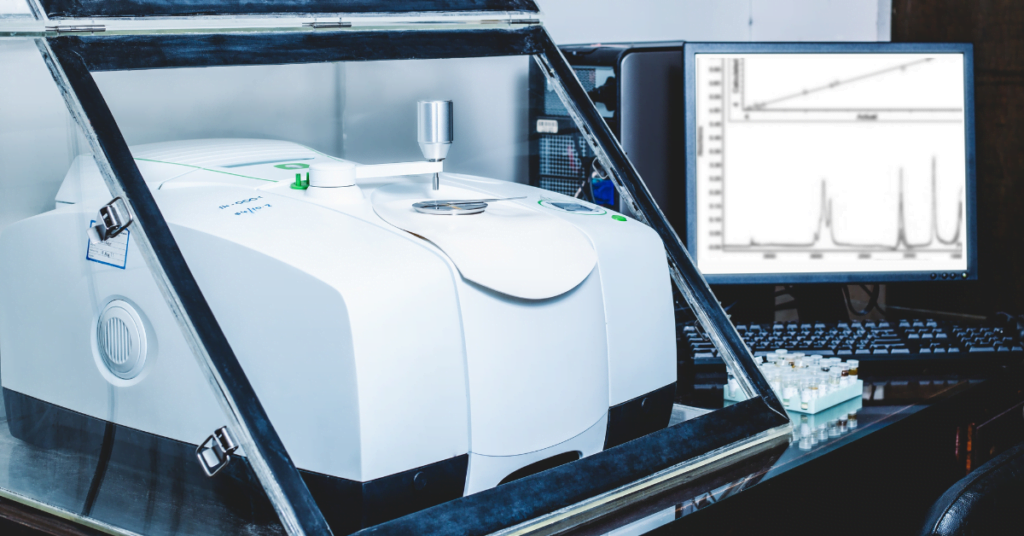
FTIR spectroscopy is a versatile analytical technique known for its ability to provide valuable insights into the composition of various materials. While its primary role is often associated with qualitative analysis, FTIR can absolutely be used for quantitative analysis as well.
How Do Autoclaves Work?
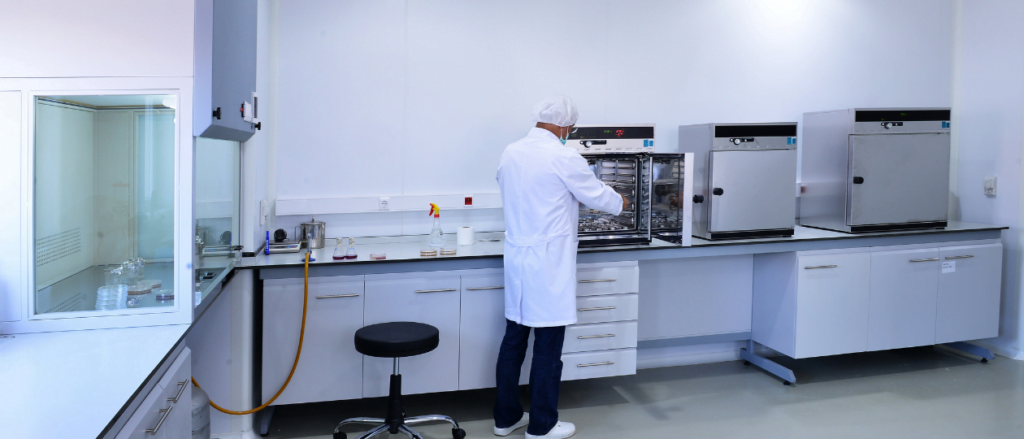
Autoclaves are the most widely used method for sterilising equipment in scientific and healthcare laboratories. But how do they work? Read our simple overview to understand the theory of autoclave use.
